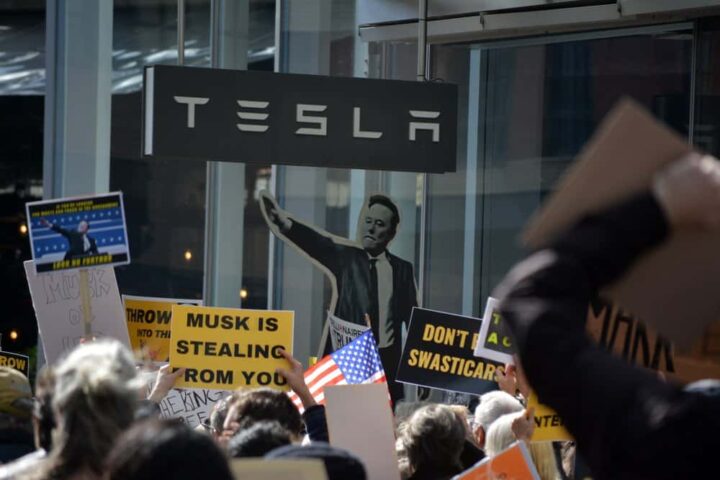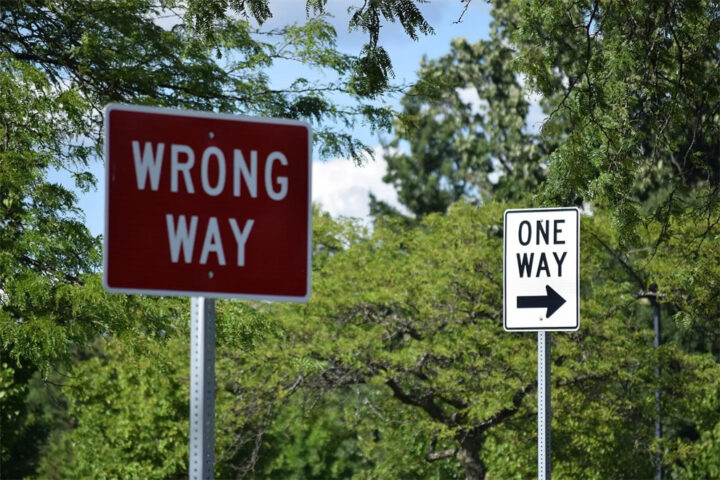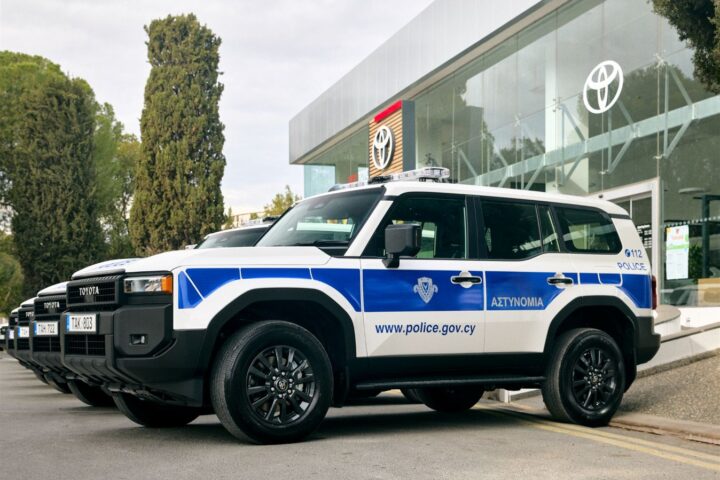Britain's top companies are likely to use big name brands, patents and other exotic assets to help plug shortfalls in pension schemes and fund longer lifespans in the face of lower market returns.
Blue-chip firms have hired consultants and are mooting deals with trustees of pension funds to use so-called contingent assets, most commonly real estate, but also intellectual property, brand royalties, trade marks, or any under-used asset.
Diageo caught the attention this month with a deal giving its pension fund up to 2.5 million barrels of maturing Scotch whisky to help tackle its widening deficit.
Similar tactics are being seen elsewhere, allowing FTSE 100 firms to hold on to cash while a rebound in the global economy remains uncertain, hitting investment returns and boosting pension liabilities.
"There is a big increase in the use of contingent assets for pension funding purposes," said Marc Hommel, a partner at consultants PricewaterhouseCoopers, who is advising on transactions involving a wide range of "esoteric assets".
For some banks, that includes non-performing assets such as debt not paid in time, "which are more value to the trustees than to the sponsoring employer," said Hommel.
"A huge amount of companies out there, probably a good percentage of FTSE 100 companies, are working with potential solutions like this," said Mercer consultant John O'Brien.
The need to plug big pension holes is being brought into light by triennial valuations, the hard-nosed number-crunching that habitually throws up far gloomier assessments of the funding position than more benign annual calculations.
A triennial valuation normally uses more conservative criteria, based on investment assumptions using gilts rather than investment grade corporate bonds. The aggregate pension deficit of the top 200 schemes in the UK was above 100 billion pounds ($153.4 billion) at the end of June, according to consultancy Aon.
Scheme trustees are likely to face further deficits exacerbated by lower-than-expected investment returns, and improved longevity. Britain's leading share index, the FTSE 100 , is down 6 percent in the year to date.
Corporate pension schemes known to have hefty pension deficits but which have not yet used contingent assets include telecoms operator BT and the Royal Mail, which have deficits of around 7.6 billion pounds and 8 billion pounds, respectively.
DEALS
The earmarking of assets, mostly property, for pension funding purposes has always been an option for companies and trustees.
Its use became more popular after 2005, however, as companies sought ways to provide for a new levy to pay for the Pension Protection Fund, the agency set up to bail out underfunded schemes when the employer goes bust.
The asset-backed deals have become more prominent and more complex in the last couple of years with a flurry of players diving in, including household names such as Marks and Spencer, Sainsbury's, engineering group GKN and Diageo.
Sainsbury's and M&S used property to help plug their deficits of around 1.2 billion pounds and 1.3 billion pounds, respectively, while GKN, whose UK scheme at the end of December had a deficit of around 500 million pounds, used trademark revenues and property.
The increasing use of assets can benefit both companies and trustees.
Employers avoid being forced to make eye-watering cash contributions at a time when balance sheets are under more scrutiny than ever, industry experts said. Trustees, meanwhile, are reassured on the long-term prospects for the scheme. "They bridge the gap between what companies want; a long term funding strategy, and trustees' concerns about the stability of the pension scheme," said Lynda Whitney, an actuary at consultancy firm Hewitt.
While a deal can appeal to both trustees and corporates, it is not as simple as paying in cash.
The transferral of contingent assets can prove an expensive solution involving legal, tax and accounting aspects for the sponsor and thorough due diligence from trustees.
The main concern, however, is in assessing the value of the assets pledged, which explains the popularity of using property.
"A shop in Oxford Street is much easier to value than a cask of maturing whisky," said a tax lawyer with experience of contingent asset deals.
"Valuation of assets, in particular intangibles, is more of an art than a science. It can be supported with sophisticated modelling but ultimately the trustees and the sponsoring employer need to negotiate and agree, just as it happens in M&A transactions," said Lorant Porkolab, of Punter Southall Transaction Services.
On the flip side, companies must make sure the transfer of assets to their pension schemes does not antagonise bond and equity holders as well as potential acquirers or joint-venture partners.
"A company would not want a transfer of security to be perceived as something that could increase its costs of borrowing or cost of capital," O'Brien said. ($1=.6517 Pound)







